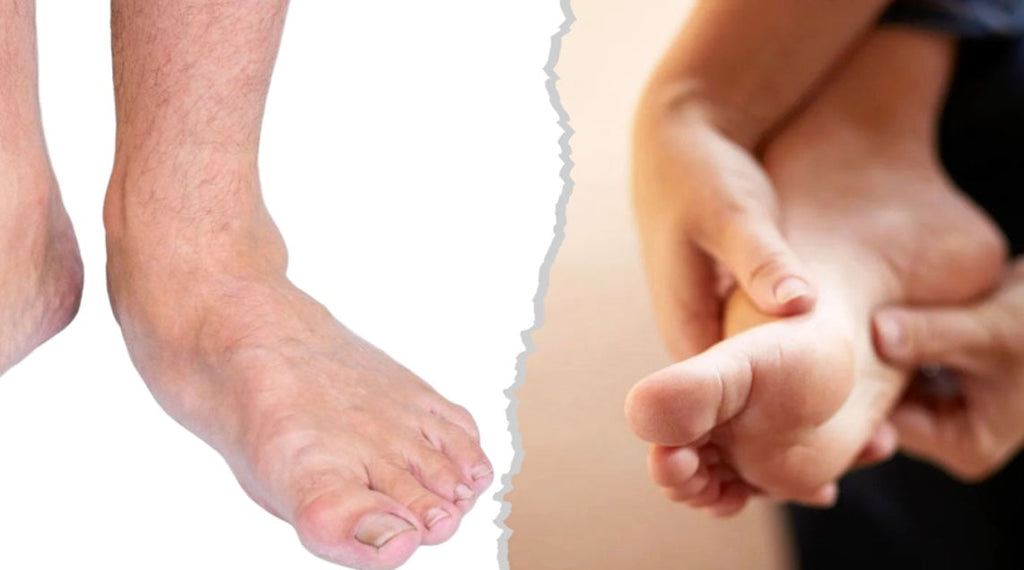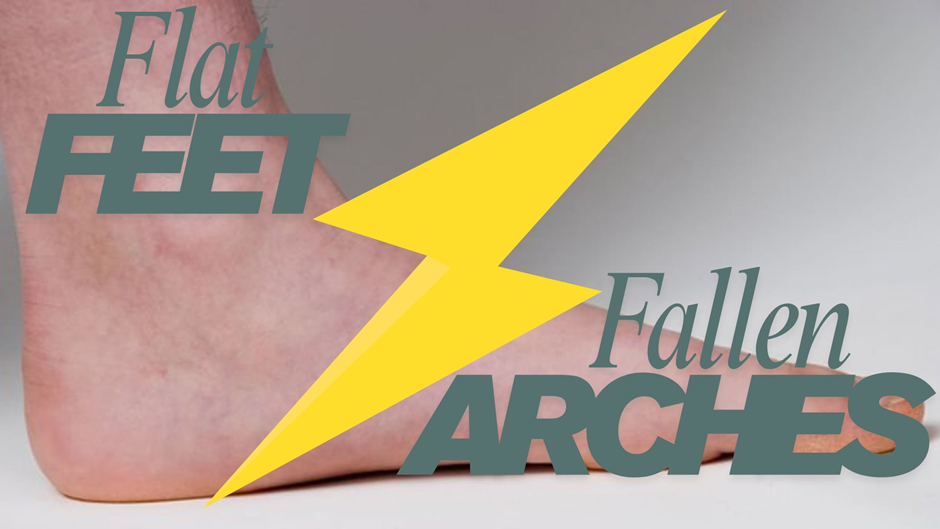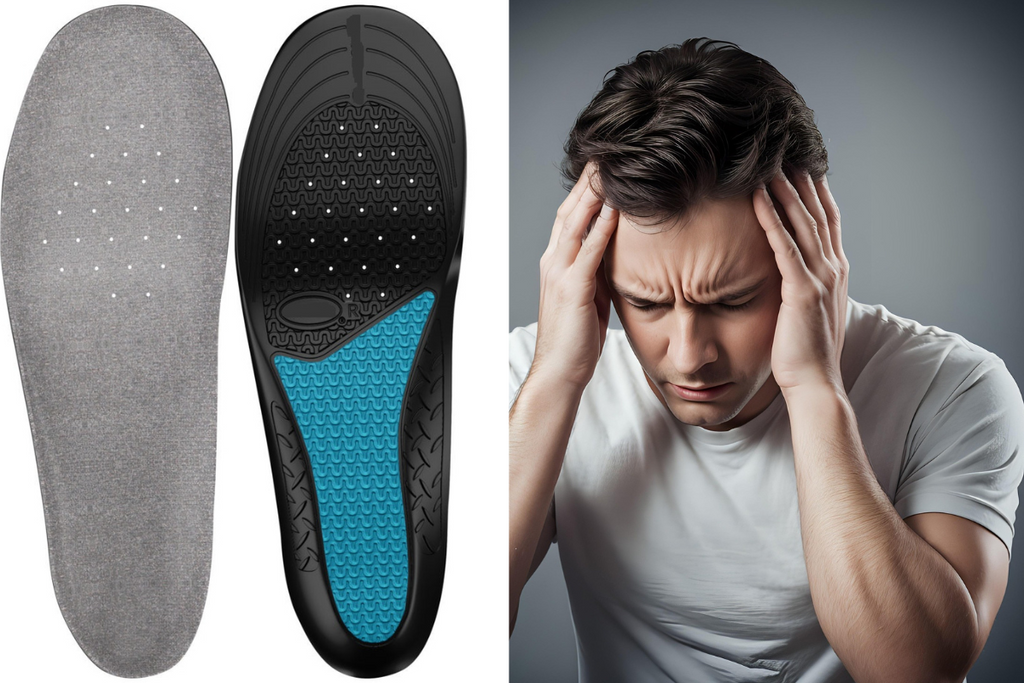Do Orthotics Help Bunions
Introduction
With all the pressure and weight that our feet have borne over the years, we often experience a variety of problems and pain as we age. At times, the big toe starts turning towards the other toes, and the joint at its base becomes prominent, thus forming a noticeable bump. This is medically referred to as hallux valgus or bunion, which is common in women. In some cases, bunions may have mild to no symptoms, while for others, it can be very painful and sore.
Orthotics can control such symptoms by easing the pressure around the bunion and proper positioning of the foot. Though orthotics may provide relief and arrest the further development of the deformity, it does not reverse it. For most severe deformities, surgery remains the only possible way to treat a bunion.
Understanding Bunions
A bunion is a deformity of the MTP joint where the big toe laterally deviates toward the other toes, causing discomfort and other problems. Bunions can be caused by weak tendons and ligaments in the foot and by wearing shoes that are too tight.
Other causes of bunion formation include genetics and joint diseases, such as rheumatoid arthritis, short Achilles tendon, and short calf muscles. The other common reason for bunion is splayfoot or flatfoot. Wearing comfortable and well-fitting shoes and doing exercises to strengthen the foot muscles can prevent bunion or its symptoms.
Symptoms of Bunions
In people with a bunion, the first metatarsal bone slowly shifts sideways toward the other foot. This makes the front of the foot wider, and the joint at the base of the big toe sticks out. The other symptoms of bunions are:
-
Swelling around the joint.
-
Redness or discoloration of the skin.
-
Pain or stiffness in the big toe.
-
Difficulty moving or bending the big toe, often with pain or a burning sensation.
-
Numbness in or around the big toe.
-
Pain that worsens when wearing certain types of shoes.
-
Corns or calluses caused by friction.
-
Hammertoes where joints and tendons feel tight and painful.
The Role of Orthotics in Bunions Treatment
Orthotics are shoe inserts that provide support, cushioning, and proper alignment for the foot. In the case of a bunion, orthotics function by easing weight on the bunion in such a way that it causes more even distribution of weight on the foot. It realigns the foot to slow the advancement of the bunion. The added cushioning helps reduce pain and provides protective cushioning around it.
Classification of Orthotic Aids for Bunion
There are many types of orthotics for bunion management to fulfill different purposes. The main three types of orthotics include rigid, semi-rigid, and soft types. For more obvious deformities, rigid orthotics are usually the choice. The focus of soft orthotics is to provide comfort while cushioning through everyday movements.
The other types of orthotics for bunions available in the market are:
-
Custom-Made Orthotics: These are crafted to match the shape and structure of your feet.
-
Store-Bought Orthotics: Pre-made inserts available in stores are designed to provide basic support and cushioning.
-
Bunion Cushions: Soft pads cover the bunion. They reduce pressure and prevent friction from shoes.
[article_inline_cta]
Benefits of Orthotics for Bunions
Orthotics play a key role in managing bunions by helping to properly align the foot and reduce pain and discomfort. Check out the benefits:
-
Relieving Pressure on the Big Toe Joint: Orthotics help redistribute weight and reduce pressure on the bunion. This eases the strain on the big toe joint.
-
Improving Foot Alignment: Orthotics help align the foot with the proper foot position and prevent further deformity of the big toe.
-
Reducing Pain and Discomfort: Orthotics cushion the bunion area and reduce friction. Pain minimizes through this making walking more comfortable.
Limitations of Orthotics for Bunions
Orthotics manage pain and slow down the progression of bunions, but they cannot fix the underlying bone misalignment. Symptoms may return if not paired with other treatments. Also, as per research, they may not be enough for severe cases and require surgeries. Some individuals experience abrasions, irritation, or pain while wearing orthotics.
Choosing the Right Orthotics for Bunions
Both custom-made and over-the-counter orthotics can be effective, but the choice depends on needs and budget. Custom-made orthotics are designed specifically for your feet to correct biomechanical imbalances, offer precise arch support, and are generally more durable due to their high-quality materials.
However, they can be expensive costing between USD200 and 1000 and time taking. On the other hand, over-the-counter orthotics are more affordable and widely available, with prices ranging from $20 to $100. These are a reliable option if you have mild to moderate bunion.
While personalizing or buying over-the-counter bunions, look for these features for maximum comfort:
-
Arch Support: It redistributes pressure across the foot. Look for orthotics that match your specific arch type: low, medium, or high.
-
Cushioning: Purchase orthotics made from materials like gel, memory foam, or EVA foam as they provide shock absorption in the bunion area.
-
Durability: Invest in orthotics made from high-quality materials that maintain their shape and support over time. These will minimize the need for frequent replacements.
Alternative Treatment Options of Bunions
Management of bunions includes the use of orthotics alongside making simple lifestyle modifications and adding on medical treatment.
-
Properly selected shoes made of soft, pliable material avoids added pressure over the bunion area. Wear loose, broad, and flat-heeled shoes.
-
Including workouts in one's schedule, such as toe stretches and foot-strengthening exercises, would help level out the muscles.
-
Healthy weight also lessens the pressure on one's feet.
-
Physical therapy can help to improve foot mechanics while simultaneously diminishing inflammation. In more severe cases, corticosteroid medications may be used to alleviate inflammation.
Final Thoughts
Orthotics serve as an effective option for managing bunion pain and discomfort. By providing additional support, cushioning, and realignment to the foot, orthotics reduce strain on the surrounding joints. Consulting a healthcare professional for bunions is essential for obtaining personalized advice. With the right care and professional guidance, managing bunions will be better.
Orthotics from Stride Soles are affordable and get delivered in a shorter duration. They are designed with 3D foot imaging to provide optimal support and comfort. Take the first step toward comfort and better foot health today with Stride Soles!




